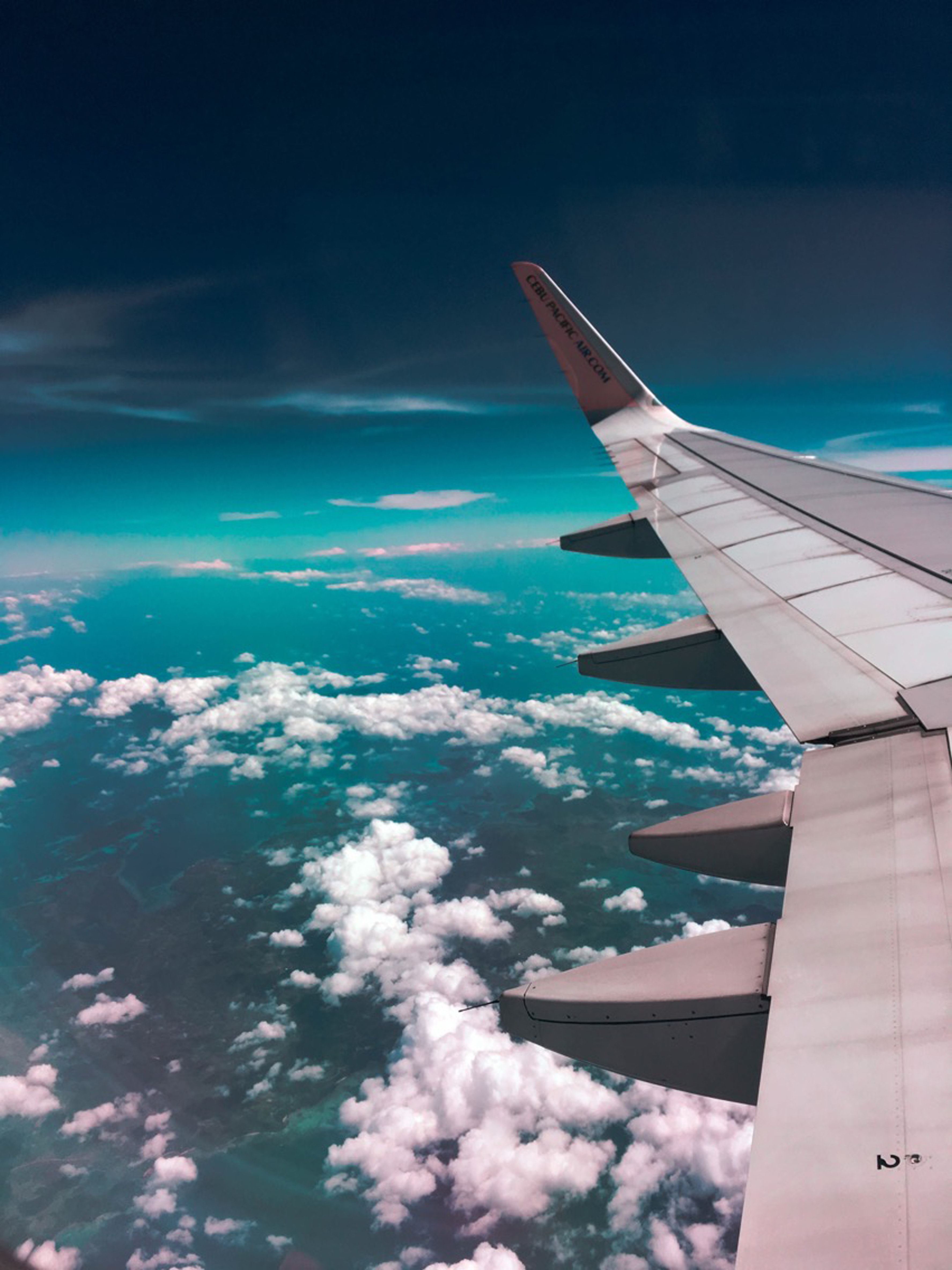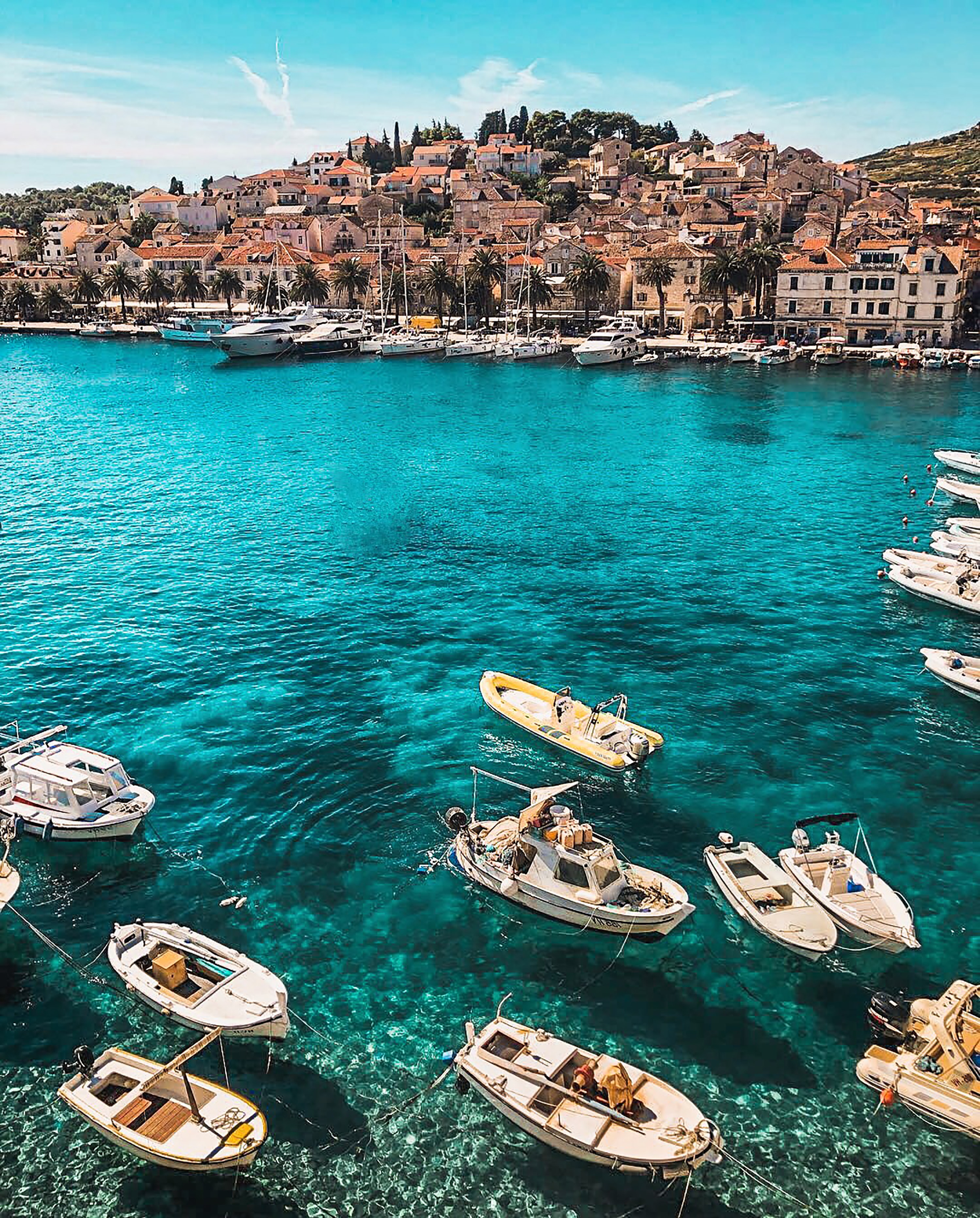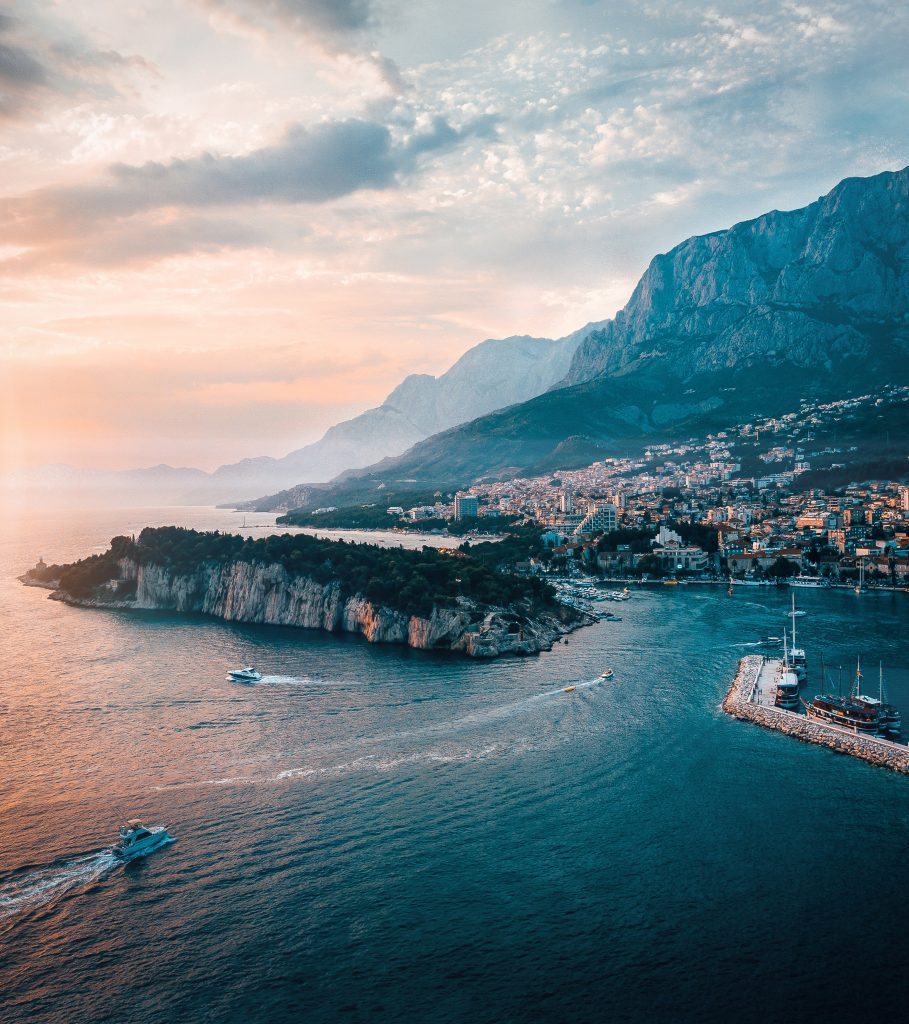In the last years, Croatia’s popularity as a summer holiday destination kept growing. The astounding mountains and clear blue sea inspire tourists from all over the world looking to experience the Adriatic as it once was, to quote the slogan of the Croatian tourist board. But its diverse terrain makes a lot of travellers wonder: What are the best ways to travel around the Croatian coast?
Much like its neighbouring countries Montenegro and Bosnia, Croatia is part of the Dinaric Alps, the mountain chain taking a significant portion of the Balkan region. Mountains higher than 1000 meters run along the highly rugged coastline. Their steep slopes dive from 1000-meter peaks straight into the Adriatic sea where Croatia claims more than a thousand islands.

Table of Contents
AFFORDABLE FLIGHTS TO CROATIA, MONTENEGRO AND BOSNIA
Croatia has nine airports: Zagreb, Split, Osijek, Pula, Brac, Dubrovnik, Rijeka, Zadar, and Losinj. Low-cost airlines such as Ryanair, Easyjet, and Eurowings offer cheap deals even during the summer months. However, if you choose to travel out of season, you are sure to find fantastic bargains. Be sure not to ignore the airports in Bosnia, Slovenia, and Montenegro, which are sometimes less than an hour away.
ENJOY THE SCENERY WITH A CAR
Although not the cheapest means of transport, it certainly is the most enjoyable. The relatively new motorway connects the capital Zagreb with the very south of Croatia. The original plan was to connect it to Dubrovnik, but it reached only as far as the harbour city of Ploce. The highway, however, can be expensive. On the weekends, it is also pretty jammed since Croatia’s toll system is significantly slowing down the traffic.
But there is an alternative. And a gorgeous one. Croatia’s older roads are safe and much more attractive. One of those roads connects the city of Karlovac to the coast. Karlovac lies at the confluence of four rivers> Korana, Kupa, Mreznica, and Dobra. The Korana river creates to one of the must-see spots in Croatia: the Plitvica lakes.
The motorway took the pressure off the Adriatic highway, declared by Time Out magazine “The most scenic seaside drive.” The Adriatic highway is the most persuasive argument to opt for a car. It stretches down the Croatian coast from Rijeka to Montenegro, and it offers the most stunning scenery in Croatia.
If you are thinking about renting a car, we recommend you read this detailed guide to car rentals in Croatia.

A THOUSAND ISLANDS AND A HUNDRED FERRIES
The small country of Croatia boasts the sixth-longest coastline in Europe due to its hundred islands and numerous bays. Regular daily lines of ferries and catamarans for all of the inhabited islands are numerous. Prices depend on the distance of the island and your means of transport. They are more than reasonable if you are going on foot, but if you rather cruise the island in a car, your pocket might not be pleased.
Some islands close to the coast like Pag and Krk are conveniently connected with a bridge. Still, if you are up for a challenge and keen on a less “touristy” vacation, you will want to visit islands that are further away (like Vis, Lastovo, or Dugi Otok). And if you are traveling with family and by car, that might add up to 150 euros. A more economical option is to use public transportation and rent a car or a motorcycle once you get there. Find all the information about connections and prices here.
During the winter months, two harsh winds make the islanders’ life difficult. Bura blowing from the northeast is particularly strong and unpleasantly cold. It blows a few days in a row which such intensity that the authorities are forced to doc the ferries and closes the bridges, so the islands are often cut off. Jugo blowing from the south, on the other hand, brings warmer weather along with thunderstorms.
All the information about the connections and prices you can find here.
THE BUS IN CROATIA IS STILL THE BEST CHOICE, BUT…
The buses are the most common transport, connecting even the most remote parts of Croatia. But, there are a few things to be wary of.
DALMATIA
If you are traveling to Dalmatia, be prepared (since I am a Dalmatian, I feel I have the right to say this), the bus terminal in Split can be a bit of a jungle. In summer the buses are often not punctual. If you buy a ticket for a specific time, there is no guarantee that this bus will arrive at the predicted time.
The locals don’t buy anything ahead, but rather show up a bit earlier on the terminal and slip their way through the confused tourists waiving their printed reservations. We would recommend buying tickets at the bus station. Not all companies and terminals have the option of buying tickets online, and the bus drivers are not allowed to sell them directly in the bus in the high season.
Once you do get the ticket, do not be surprised if someone has a reservation for the same seat as you. Double bookings are a common thing and lead to a lot of people standing for hours in the bus. Standing while the bus is driving is illegal, but at that point, most people are happy to even be on board. The bus drivers can sometimes act jumpy, but can you blame them after everything we have just told you?
ISTRIA AND RIJEKA
But things are changing for the better. In the last years, in the Rijeka and Istria region of Zagreb, you don’t have to worry about double reservations or nervous drivers. You should make a reservation ahead of time and online to catch a seat.
On the islands, the buses usually leave when the ferries and catamarans arrive, which means they only go a couple of times a day. On the island of Hvar, one of the most popular destinations, the bus connecting the two sides of the island doesn’t go every day of the week. We recommend you check the timetables and prices with the most common bus operator on the islands, Arriva.
GOOD TRAINS, BAD RAILS
The train exists, and it is comfortable, but also slow and poorly connected. The Croatian railway system is one of the victims of years of corruption, and poor governing. The country got new trains, but the railway has not been modernized since the times of Yugoslavia. If you choose the train, you will arrive safely, but it will last longer and cost more than the bus.
On the coast, you can find train stations in Pula, Rijeka, Zadar, Split and Ploce – the most southern railway station in Croatia. The train is also not a bad idea if you want to avoid traffic jams and the stress, but be prepared it might take a couple of hours longer than expected. Click here if you want more information about the train schedules.
Whichever way you choose, you won’t make a mistake deciding to come to Croatia. Transportation is improving each year, and the prices are affordable. Just keep in mind that from the 15th of July to the 15th of August you can be expecting crowds everywhere you go – full buses, catamarans, and jammed roads.

